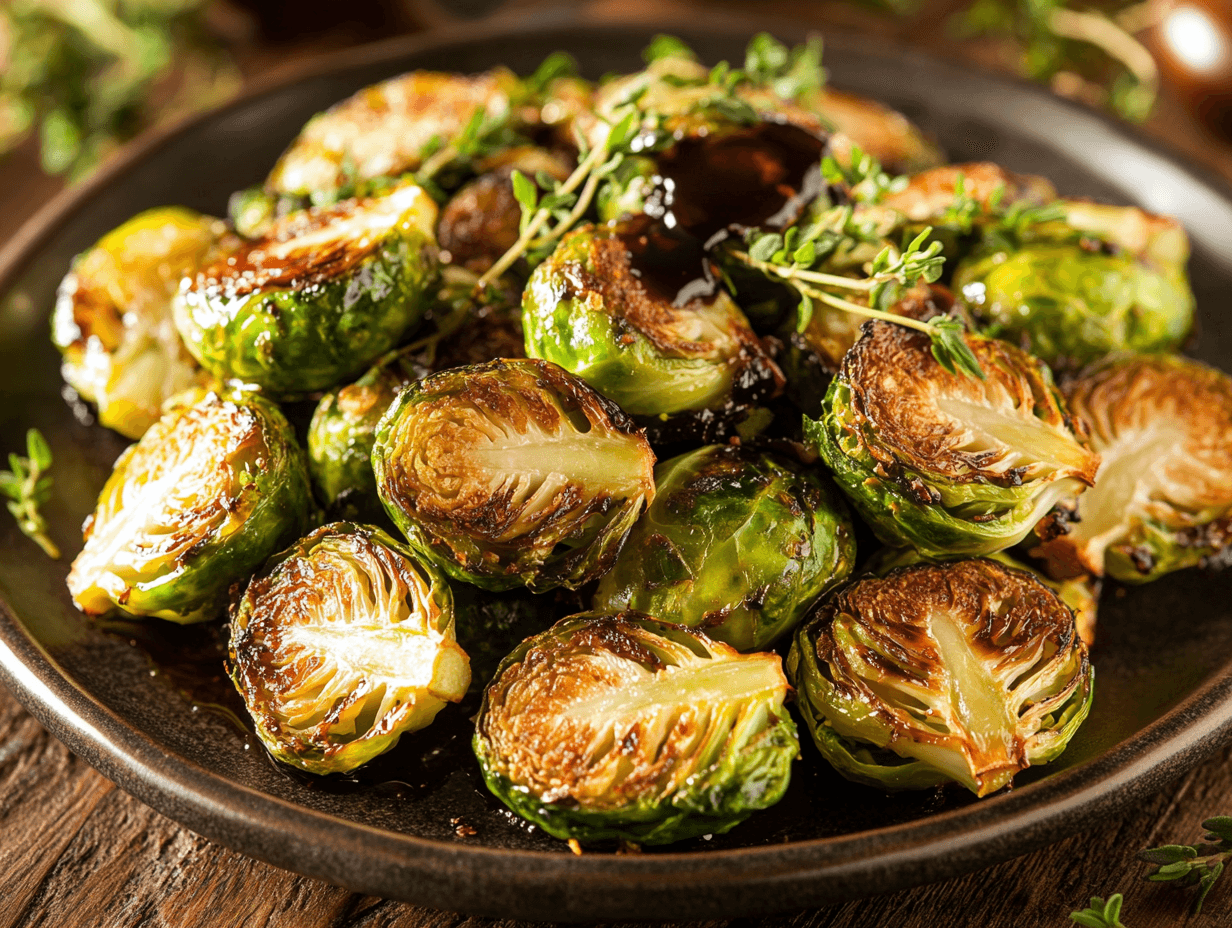Who Said Omelets Are Hard to Make?
Many people believe that making an omelet is a complicated task, reserved only for experienced cooks. However, the reality is quite different. With a bit of practice and the right tips, anyone can master the art of making a perfect omelet. The trick lies in understanding the key steps and applying some simple techniques that will transform your culinary experience. So, who said omelets are hard to make? Let’s prove them wrong!
Differences Between French and American Omelets
It could be said that the French perfected the omelet, perhaps inspired by the Romans. But leaving historical disputes aside, the truth is that the omelet has a long culinary tradition.
A French omelet begins with beaten eggs in the pan, similar to scrambled eggs. During cooking, the pan is constantly shaken until the eggs begin to set. Once cooked, the omelet is carefully rolled to form an oval shape and presented on the plate with the seam down. This type of omelet can be simple or filled, often accompanied by fine herbs but traditionally without cheese.
On the other hand, the American omelet, or "omelet," follows a similar process at the beginning but with some key variations. As the eggs cook, the edges are lifted with a spatula to allow the liquid egg to flow down and cook evenly. Just before the eggs are fully cooked, the filling is added, and instead of rolling it, the omelet is folded in half. This approach creates a distinctly different texture and presentation, adapting to a more informal and robust style.

Irresistible Tricks to Take Your Omelet to the Next Level and Make It Unforgettable
While the basic technique for making an omelet is important, it's the small details that make a difference. A key trick is to use a good-quality non-stick pan; this will prevent the omelet from sticking and ensure even cooking. It's also essential to preheat the pan over medium heat before adding the eggs, which helps them set evenly from the start.
Another tip is to add a tablespoon of milk or cream to the beaten eggs before cooking. This will give the omelet a softer, fluffier texture. You can also experiment with different types of fat for cooking, such as clarified butter or extra virgin olive oil, which add richer flavor and a perfectly golden surface. If you want an omelet with a special touch, feel free to add fresh herbs, grated cheese, or even a pinch of spices just before folding it. These small tricks will make your omelet go from simply good to absolutely unforgettable.

The Best Omelet Fillings
Choosing the right filling can transform a simple omelet into a spectacular dish. Here are some of the best options:
- Cheese: From mild cheddar to intense blue cheese, cheese is a classic filling that always works.
- Fresh vegetables: Spinach, mushrooms, tomatoes, and other vegetables add color, texture, and nutrition.
- Ham or bacon: These classic fillings add a salty, crispy touch, perfect for contrasting with the softness of the eggs.
- Smoked salmon: Ideal for those looking for a more sophisticated, gourmet flavor.
- Avocado: Adds creaminess and a mild flavor, perfect for balancing other ingredients.
- Truffles: A luxurious ingredient that elevates any omelet to the next level.
- Leftover stews or roasted meats: Add deep, complex flavor while making good use of what you already have at home.
- Seasonal fillings: Asparagus and fresh peas in spring, mushrooms, and caramelized onions in winter.
No matter which one you choose, make sure to balance the flavors and textures so that every bite is a delicious experience.

How to Prevent the Omelet from Sticking to the Pan
The type of pan you use is crucial in preventing the omelet from sticking. A good-quality non-stick pan is ideal since its surface is designed to minimize sticking. Ensure that the pan is in good condition; if the non-stick coating is damaged or worn out, the eggs are likely to stick. Also, choose a pan that is appropriately sized for the number of eggs you are cooking; a pan that is too large or too small can affect the even cooking of the omelet.
Another key aspect is preheating the pan. Before adding the eggs, heat the pan over medium heat for a few minutes. This allows the pan to reach an even temperature, avoiding hot spots that could cause the eggs to stick. Using enough fat, such as butter or olive oil, is also essential. The fat should evenly coat the bottom of the pan, creating a barrier between the eggs and the surface. By following these steps, your omelet should slide smoothly from the pan to the plate, with perfect cooking and no disasters.

Ingredients for the Omelet
The basic ingredients for making an omelet are surprisingly simple, but the quality of these ingredients can make a big difference in the final result.
For a classic omelet, you only need:
- 2-3 fresh eggs
- A pinch of salt
- A pinch of pepper
Additional ingredients for a special touch:
- 30-50 grams of grated cheese
- One tablespoon of fresh chopped herbs (such as parsley or chives)
- 1-2 tablespoons of cream (for added fluffiness)
Cooking fat options:
- 1-2 tablespoons of extra virgin olive oil: Ideal for a Mediterranean touch.
- 1-2 tablespoons of butter: Adds a richer, more traditional flavor.
The quantities mentioned are for an individual omelet but can be easily adjusted depending on how many people you are cooking for.

How to Make a Perfect Omelet
Achieving a perfect omelet requires following some key steps precisely. Below is a step-by-step guide, including the necessary quantities and times to ensure your omelet is fluffy and flavorful.
| Step | Instruction | Quantity/Time |
|---|---|---|
| 1 | Beat the eggs well in a bowl, ensuring the yolks and whites are fully mixed. Add salt and pepper. | 2-3 eggs, A pinch of salt and pepper, 1-2 minutes |
| 2 | Heat a non-stick pan over medium heat and add the fat (butter or olive oil). | 1-2 tablespoons, 2 minutes |
| 3 | When the fat is hot and has covered the bottom of the pan, pour in the beaten eggs. | Immediate |
| 4 | Let the eggs cook without stirring, allowing them to set at the bottom. | 20-30 seconds |
| 5 | Use a spatula to gently lift the edges of the omelet, letting the liquid egg flow down and cook evenly. | 1-2 minutes |
| 6 | When the omelet is almost cooked, add the desired filling in the center. | To taste (30-50 g of cheese, vegetables, etc.) |
| 7 | Fold the omelet in half and carefully slide it onto a plate. | Immediate |

What Can We Serve with Our Omelet?
An omelet can be a complete meal on its own, but pairing it with the right ingredients can take it to another level. Here are some delicious options to complement your omelet:
- Bread and toast: Slices of buttered toast or a crispy baguette are perfect accompaniments. You can also opt for whole-grain bread for a healthier option.
- Fresh salads: A green salad with a light vinaigrette balances the richness of the omelet. Add cherry tomatoes, cucumbers, and some nuts for a crunchy touch.
- Fresh fruits: Slices of avocado, fresh tomatoes, or fruits like strawberries or grapes add freshness and a contrast of flavors.
- Potatoes: French fries, roasted potatoes, or a crispy hash brown are classic accompaniments that complement the soft texture of the omelet.
- Sauces: Sauces like ketchup, homemade tomato sauce, or even hollandaise sauce can add an extra flavor boost.
These accompaniments not only complement the flavor of the omelet but also add variety and texture to your dish, making the meal even more satisfying.

Vegetarian Omelet Options
Vegetarian omelets are a delicious and nutritious option that can be tailored to different tastes and preferences. Here are some ingredient combinations that are perfect for creating a flavorful vegetarian omelet:
Spinach and feta cheese omelet: The combination of fresh spinach with feta cheese offers a perfect balance between creamy and salty. You can add a touch of garlic to intensify the flavor.
Mushroom and caramelized onion omelet: Sautéed mushrooms with caramelized onions create a rich and savory filling that perfectly complements the fluffy texture of the omelet.
Bell pepper and tomato omelet: Roasted peppers and fresh tomatoes add a touch of sweetness and acidity that refreshes the palate. You can add a bit of fresh basil for a delicious aroma.
Avocado and cheddar cheese omelet: Avocado adds creaminess, while cheddar cheese provides a strong and gratifying flavor. This combination is perfect for those looking for a hearty, energy-packed breakfast.
Asparagus and goat cheese omelet: Tender asparagus with soft goat cheese is a sophisticated and delicious combination. This omelet is ideal for a brunch or a light meal.
Each of these options offers a unique experience, allowing you to enjoy a flavorful omelet without needing animal-based ingredients.

Frequently Asked Questions
Q: Are omelets difficult to make at home?
A: Not at all! With simple steps, practice, and a non-stick pan, anyone can master making a fluffy omelet. The key is gentle cooking and choosing the right fillings.
Q: What is the difference between a French omelet and an American omelet?
A: A French omelet is rolled into a smooth oval shape, often plain or with herbs. An American omelet is cooked more firmly, filled, and folded in half, giving it a heartier style.
Q: How can I prevent an omelet from sticking to the pan?
A: Use a good-quality non-stick pan, always preheat it, and add butter or oil to coat the bottom. These steps ensure the eggs cook evenly and slide out smoothly.
Q: What are the best fillings for an omelet?
A: Classic fillings include cheese, ham, spinach, or mushrooms, but you can get creative with avocado, smoked salmon, or even truffles. Balance textures and flavors for the best result.


















